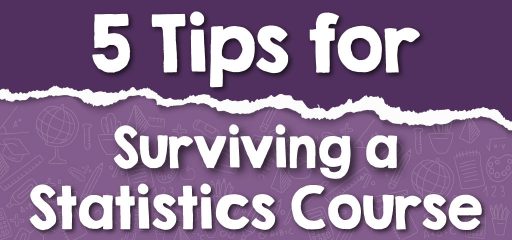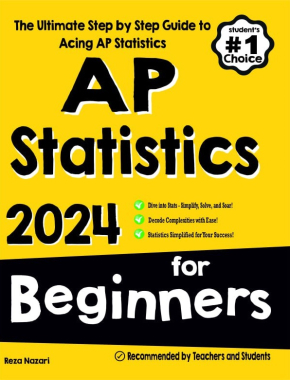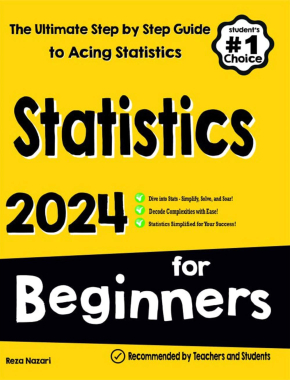5 Tips for Surviving a Statistics Course

Statistics is all about data and math, which makes it seem challenging for most students. Statistics formulas look complex, contain other essential statistical beliefs, and can only be used in specific contexts. As a student, this makes it vital for you to recognize the formula to apply in a particular situation, which can be hard to identify.
In addition, statistics may be difficult because it is usually taught out of context and requires a more profound analysis level and a robust mathematical understanding. However, you can survive the course with the right guidance and tricks. Here are five tips for surviving a statistics course.
1. Master the basic knowledge
Before directly diving into a Masters in Applied Statistics, it’s important to master the fundamental knowledge to make it easier to handle the complex areas.
While some colleges may need you to take a prerequisite course, such as college algebra, pre-calculus, or trigonometry, before diving into the statistics course’s introduction or elementary, others may admit you without it.
Taking such courses can help you gain the foundational knowledge you need for the course. With college algebra practice, handling complex concepts like hypothesis testing, confidence intervals, and probability become easier.
2. Understand the course material
When going through the statistics course material, it’s vital to understand what you’re reading. This is because exams and assignments will become easier if you fully understand why things are done in a specific way and what the various statistics mean.
Start by keenly following the reasoning your professor or textbook explains, then try explaining the various statistical concepts to a friend or yourself in your own words.
3. Get help
If you’re struggling in your statistics class, consider getting help early enough. Your professor is the best resource to get help from because they teach you the concepts based on how they want you to understand them.
If you’re having difficulties getting to your professor, an on or off-campus tutor would be a more flexible option. Alternatively, YouTube videos that explain the fundamental statistics concepts well while offering step-by-step easy-to-understand examples can come in handy.
If your statistics homework is done via a third-party website, you can find embedded help features to help you learn how to handle problems and guide instructions for the questions you come across. However, the solution methods used in these programs may differ from those used by your professor.
4. Do practice problems
Surviving a statistics course without practice is almost impossible. Practicing lets you actively learn and understand the course material. You can begin your practice with the exercises your professor offers you and look for other practice problems to help you grasp all the necessary concepts. This can also help you become comfortable solving problems with varying scenarios and means of phrasing similar concepts.
You can also find practice questions online, where every exercise is accompanied by an explanation on request to ensure you don’t feel lost. The more you practice, the more confidence you gain in handling statistics questions.
5. Join online discussion forums
Look for online discussion forums for your statistics course and join. Getting actively involved in these forums can help you understand the course material and complex course concepts better. Consider responding to questions fellow students ask or participating in the discussions they bring up.
Endnote
Statistics mastery requires time and excellent learning strategies. Consider applying these tips to survive a statistics course.
Related to This Article
More math articles
- How to Calculate Multiplication and Division of Decimals by Powers of Ten
- FREE SSAT Upper Level Math Practice Test
- How to Find Angles of Quadrilateral Shapes?
- How to Simplify Radical Expressions? (+FREE Worksheet!)
- Top 10 Tips You MUST Know to Retake the FTCE Math Test
- Pattern Play: How to Analyzing and Comparing Mathematical Patterns
- Algebra Puzzle – Challenge 37
- The Ultimate SSAT Upper-Level Math Course (+FREE Worksheets)
- 5 Skills You Need to Study Mathematics in College
- CLEP College Math Practice Test Questions





What people say about "5 Tips for Surviving a Statistics Course - Effortless Math: We Help Students Learn to LOVE Mathematics"?
No one replied yet.